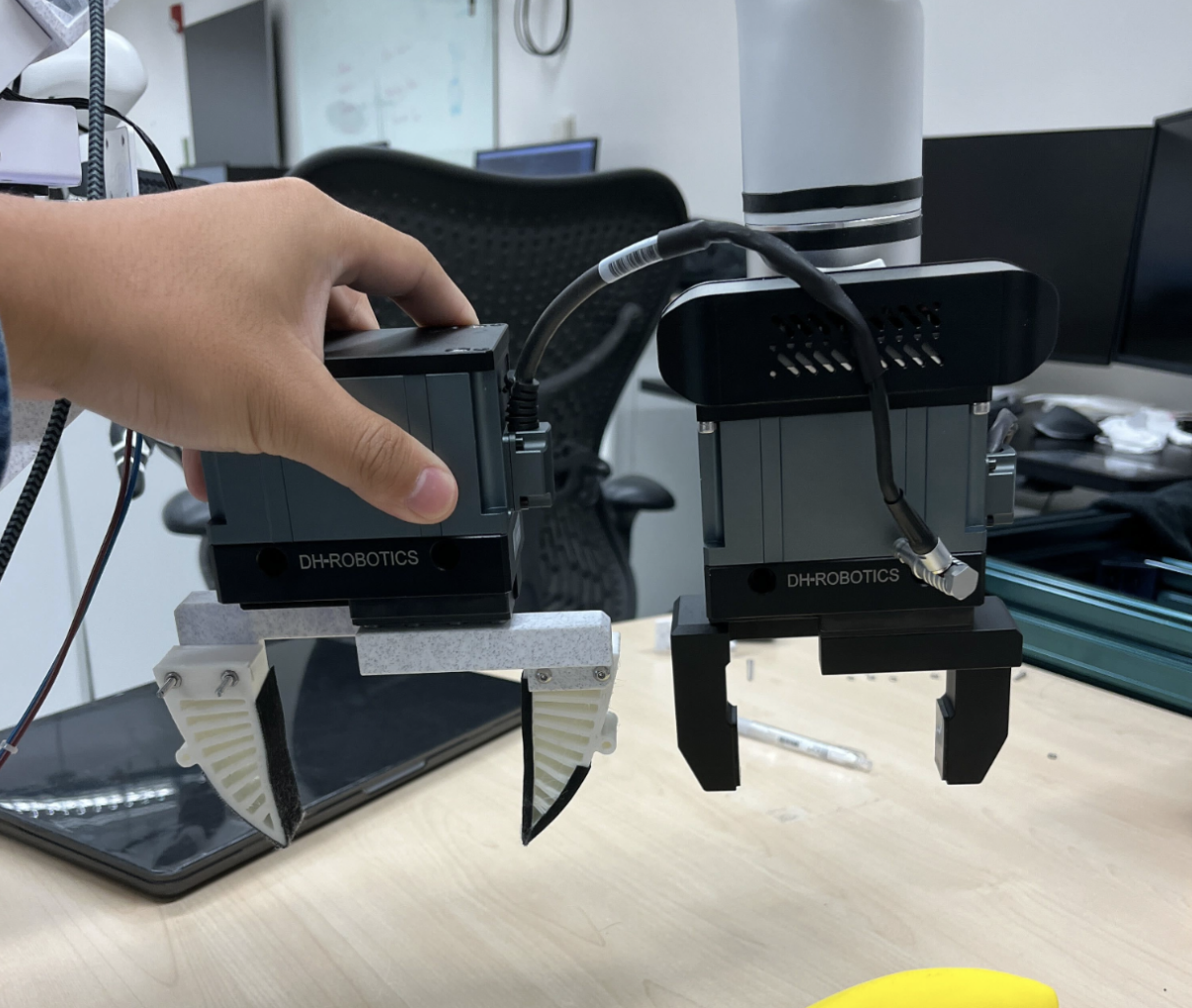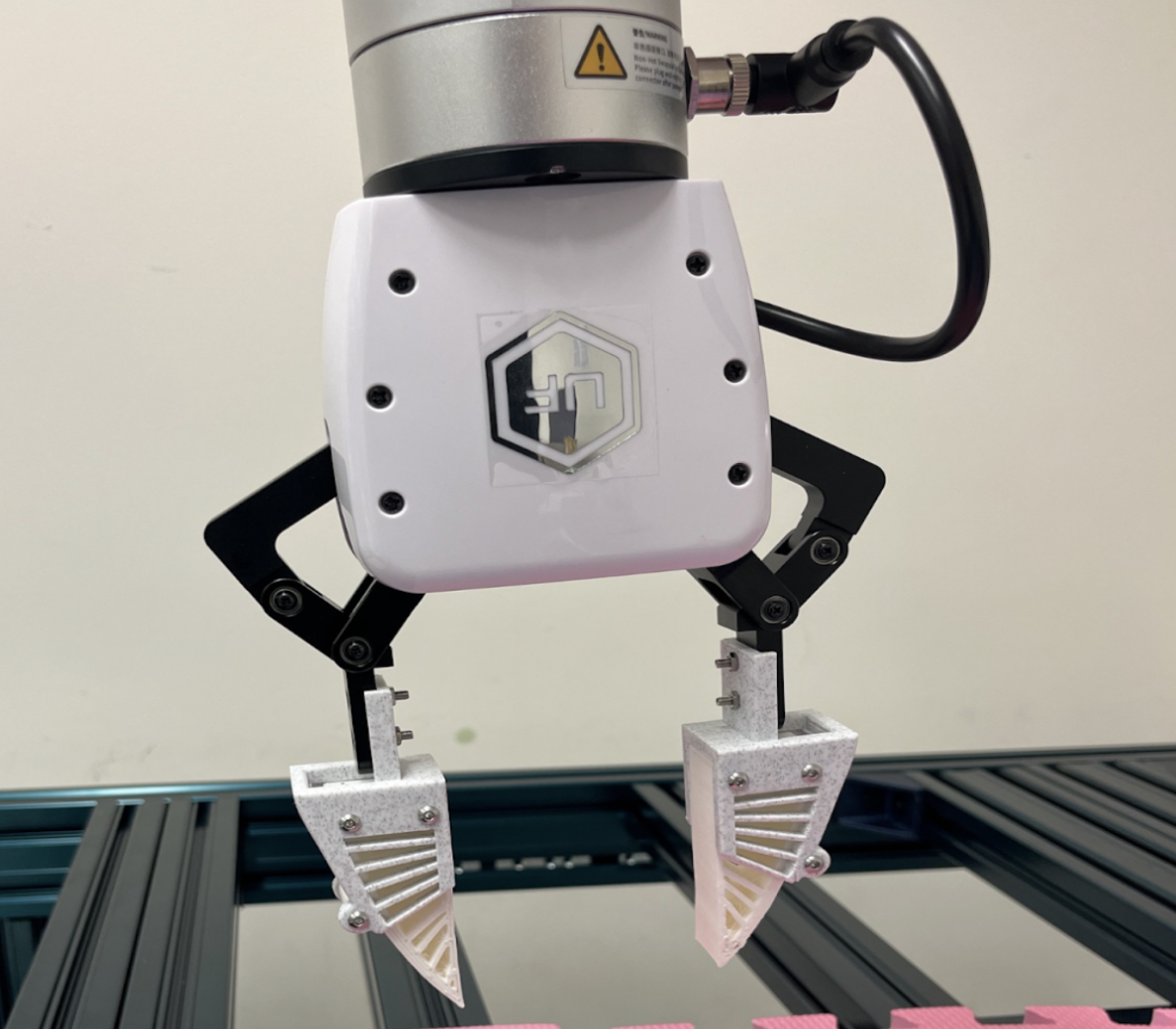3D Printing and Soft TPU Material Printing Summary
For a complete guide on 3D printing and detailed experiences, please refer to this comprehensive document: 3D Printing Guide
3D Printing Overview:
- Workflow: The process begins with 3D modeling, followed by G-code generation, bed preparation (which includes leveling and calibration), material selection, and finally the printing process.
- Software and Tools: Recommended 3D modeling software includes SolidWorks and Blender, with STL as the export format. G-code generation is tailored to the printer model, with PrusaSlicer and Bambu Studio being the primary tools for Prusa and Bambu printers respectively.
- Preparation and Monitoring: Thorough bed cleaning and application of a fresh adhesive layer are crucial for good print quality. Continuous monitoring, especially during the initial minutes of printing, is essential to mitigate any early issues.


Soft TPU Material Printing:
- Material Characteristics: Soft TPU is valued for its flexibility and durability, suitable for applications like soft robotic fingers. It requires specific settings for temperature, flow rate, print speed, and retraction to manage its elastic nature effectively.
- Printer Setup: Optimal printing of TPU involves starting with lower temperature settings to avoid issues like stringing, adjusting flow rates to ensure proper extrusion, and using a direct drive extruder for better control.
- Challenges and Solutions: Common issues with TPU include stringing, poor layer adhesion, and moisture absorption which can affect print quality. Solutions involve adjusting temperature, print speed, and ensuring the filament is dry.


Personal Reflections on 3D Printing
3D printing stands as a transformative technology that merges the boundaries of imagination and reality. It offers an unprecedented flexibility and fidelity in creating complex structures which were once deemed impossible. My journey into 3D printing has been driven by a passion to explore its potential in robotics and material science, particularly with the use of innovative materials like soft TPU.
This technology not only enhances our capabilities in prototyping and production but also challenges us to rethink design and manufacturing processes in an eco-friendly and efficient manner. Each layer printed adds to our understanding and capabilities, pushing the envelope of what's possible both in academic research and real-world applications.
